Among the invertebrate arthropods, we find the class Arachnida, which includes the order Scorpiones, commonly known as scorpions or alacrans. Yes, you read that right! scorpions.html">Scorpions and spiders belong to the same class because they are evolutionarily related.
In this article, we’ll explore the various types of scorpions and briefly review the families within the order. If you're curious about how many types of scorpions exist and what they are, keep reading!
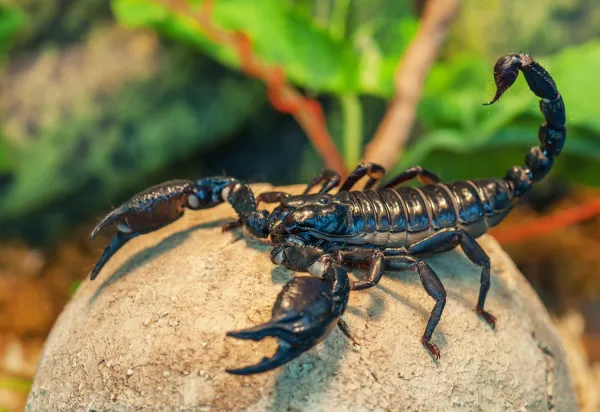
There are approximately 2,000 species of scorpions found across the globe, grouped into 13 families. All of them possess venom used for hunting prey. However, only 30 to 40 species are considered highly venomous enough to be potentially fatal to humans. The rest may cause mild allergic reactions or localized symptoms.
Native to Argentina, this species has a dark gray body and yellow or brown limbs. It produces neurotoxic venom that can affect both animals and humans, although it's not typically aggressive and only stings in self-defense.
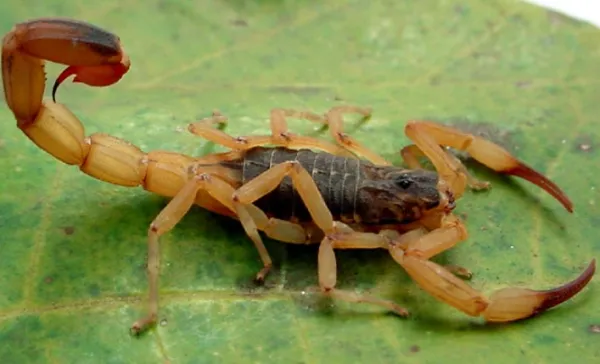
One of the most venomous scorpions in Mexico and the world. It can grow up to 12 cm and is known for its brown claws. Its venom causes serious respiratory issues and can be life-threatening if untreated.
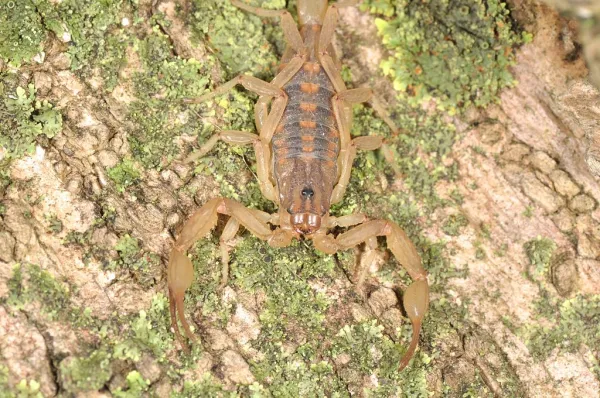
Found in Spain, Italy, and France. It has a yellow body with a darker torso. Its venom is moderately dangerous and can be fatal to children and the elderly if stung.
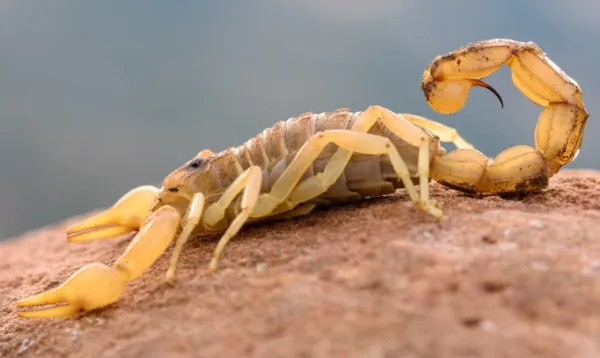
With a robust dark body and black tail, this species is widespread in Africa and the Middle East. Its potent venom attacks the nervous system and can be deadly.
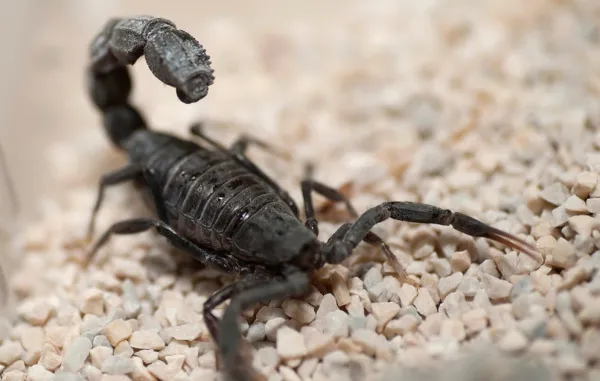
One of the largest scorpion species in the world, measuring around 20 cm. It has a thick black body and is native to West Africa. Though large, its venom is mild and rarely harmful to humans, making it a popular pet.
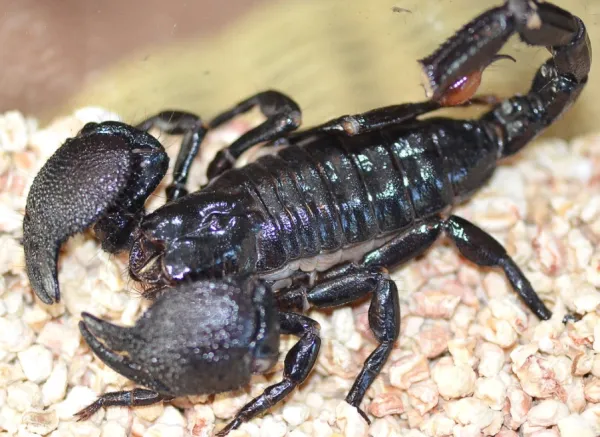
Found in southeastern Africa, this species can spray venom over distances, potentially causing temporary blindness and eye damage. It can grow over 15 cm long.
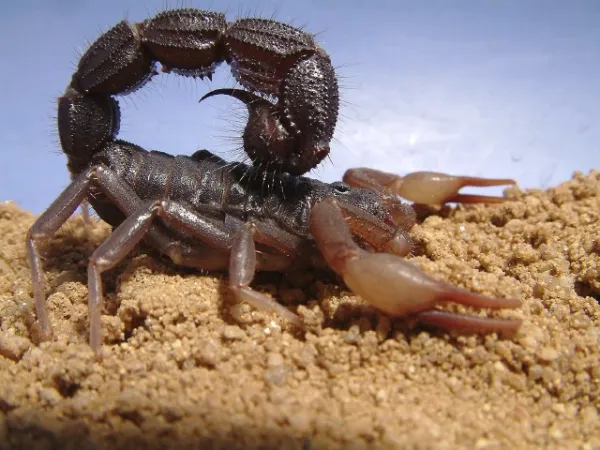
Common in Argentina, Uruguay, and southern Brazil. It has a medium-sized body, and its sting is typically non-lethal. In many cases, the stinger doesn't even pierce the skin.
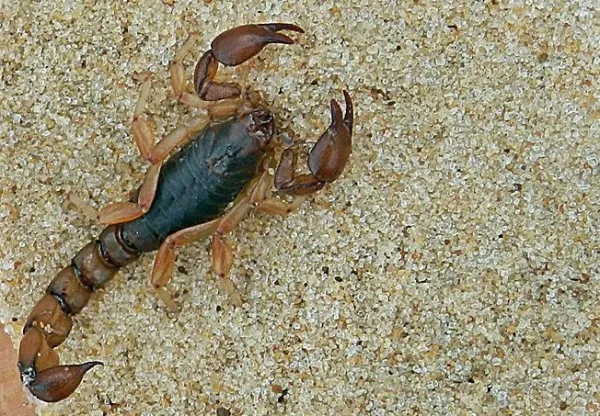
Over 800 species worldwide (excluding New Zealand and Antarctica). Notable examples:
Afghanobuthus naumanni
Compsobuthus abyssinicus
Tityus falconensis
Rhopalurus junceus
158 species from tropical and temperate regions of the Southern Hemisphere. Examples:
Bothriurus burmeisteri
Timogenes elegans
Vachonia martinezi
23 species known as “hairy scorpions” due to sensory hairs. Examples:
Hadrurus hirsutus
Hadrurus arizonensis
~170 species in North, Central, and South America. Examples:
Chactas braziliensis
Teuthraustes wittii
Found in southern Asia, with ~20 species. Examples:
Chaerilus kampuchea
Chaerilus cavernicola
59 non-venomous species. The most notable:
Megacormus grubbsi (short-tailed scorpion from Mexico)
~100 species in 12 genera. Some reach up to 20 cm. Notable genus:
Opisthacanthus (found in Africa and America)
Examples:
Opisthacanthus maculatus
Opisthacanthus lecomtei
Found in the U.S. and Asia. Examples:
Calchas anlasi
Calchas nordmanni
Tiny scorpions (0.8–1.8 cm). 15 species including:
Microcharmus antongil
Microcharmus violaceus
Thin-bodied species with light coloration. Examples:
Pseudochactas mischi
Vietbocap aurantiacus
260+ species, many over 25 cm. Notable examples:
Pandinus imperator
Tarsoporosus macuira
Only 10 species, mostly in North America. Example:
Superstitionia donensis
170+ species in North and Central America. Examples:
Vaejovis brysoni
Vaejovis electrum
Scorpions are fascinating creatures with a global presence. While some pose serious risks to humans, most are harmless and even beneficial in controlling pest populations. Their diversity in form, size, habitat, and venom makes them a significant subject of scientific study.
If you'd like to learn more about scorpions and other wild animals, be sure to explore our wildlife category on the site.
animal tags: scorpions
We created this article in conjunction with AI technology, then made sure it was fact-checked and edited by a Animals Top editor.